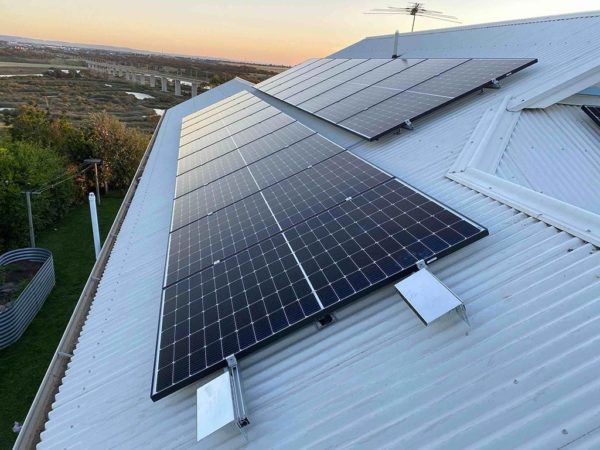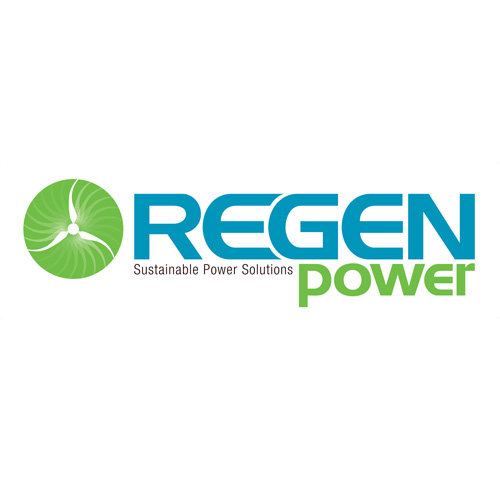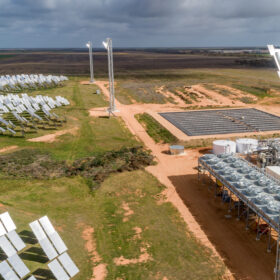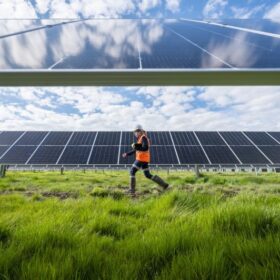Australia has been witnessing tremendous growth in the renewable energy, indeed clean energy is now the fastest growing part of the energy sector. There was a time when people seriously doubted the ability of renewables to make a significant contribution to the country’s electricity generation. However, today renewables play a major role.
In 2021, 32.5% of Australia’s electricity came from clean energy sources; an increase of 5% compared to the previous year. In light of that high rate of progress we can say that a future where Australia’s electricity costs less, is more reliable and has zero emissions is looking more like a certainty than a possibility.
Small-scale solar has a great share in the growth. Of Australia’s total renewable energy generation in 2021, small-scale solar makes up 24.9%, second only in renewable energy behind wind.
In 2021, the small-scale sector has added more than 3.3 GW of new capacity, surpassing the previous record set in 2020.
Since Australia has the highest average solar radiation per square meter, it is not surprising it also has one of the highest per-capita installation rates for residential rooftop solar. In 2021, the average size of a rooftop solar system increased to 8.51 kW; this indicates a more than threefold increase in the last 10 years.
Affordability unlocks potential
Currently, the considerable reduction in the cost of PV modules and inverters has brought solar prices to an affordable level. The rooftop solar revolution is having a significant impact on Australia’s carbon emissions and customers’ electricity bills. In 2021 rooftop solar contributed 7% of the electricity consumed in the National Electricity Market (NEM) and helped reduce Australia’s emissions by over 17.7 million tons.
However, there are some stumbling blocks in the way of continued expansion. The electricity grid is struggling to cope with the rapid expansion of rooftop solar. As a result, authorities in some parts of Australia have imposed export limits and require that PV systems can be remotely disconnected from the grid – both developments that surfaced in 2021.
Export limits and remote system shutdowns have been imposed in an attempt to maintain the stability of the electricity network. The Australian Energy Market Commission has even floated the proposal to charge rooftop solar customers for exporting their excess electricity to the grid.
Despite these limitations, the number of jobs created in the rooftop solar segment has continued to grow. The number of Clean Energy Council accredited installers increased by 13% in 2021. The figure has closely matched that of the rooftop solar industry more widely, with the number of accredited installers increasing in each of the past six years.

Batteries emerge
Likewise, the installations of battery energy storage systems (BESS) accelerated in 2021. Annual battery storage deployment in Australia exceeded 1 GWh of storage capacity in 2021. According to Clean Energy Australia Report 2022, approximately 34,731 household batteries with a combined capacity of 347 MWh were installed during the year. A total of 1,089 MWh estimated installations were made in all segments, with 30,246 home battery systems. The states of Victoria and New South Wales has reported with the most uptake.
Battery installations are being supported by some state government programs. Most Australian states offer government-backed household battery schemes which indicate the sector’s continued need for additional support to enable households to make switch to renewable energy.
The rapidly growing clean energy industries in Australia will provide thousands of job opportunities in the next few years. Renewable energy now employs more people than the domestic coal industry. Under the AEMO’s Step Change Scenario renewables could employ as many as 46,000 people by 2035.
The solar industry’s growth in 2021 is all the more remarkable given challenges that affected the growth of the industry internationally. Solar’s rate of growth was less than in previous years and below some analyst forecasts. This is likely a result of a number of factors, such as the impact of the Covid-19 pandemic on supply chains, production, shipping costs, and lower electricity prices. The policies introduced to limit or even charge rooftop solar for exporting to the grid may also have had an adverse impact of growth.
Regen Power
Regen Power is a national solar energy solution company catering to the power requirements of residential, commercial, off-grid mining, and remote communities in Australia and international markets since 2003. Regen was established with a vision to provide affordability and accessibility to power through sustainable solutions and innovative technologies.
Regen provides renewable energy engineering design, consulting, and training in Australia and overseas. Regen is a household name in Western Australia, and an upcoming brand in the eastern states as the company expanded into New South Wales, South Australia, and Queensland.
Regen has played an instrumental role in commercialising solar power systems at affordable prices through research and patents. For the distinguished contributions Regen has provided to the industry, the company and its leadership have won various awards for sustainable advancement and product development.
Regen was ranked in position 55 among the fastest growing companies in The Australian Financial Review’s “Fast 100 2020” list. In addition, the company is consecutively ranked in the Financial Times list of “Top 500 High-Growth Companies in Asia-Pacific” in 2020, 2021 and 2022 and won the “ProductReview Award” 2021 and 2022 award. In 2017-18, Regen designed and commissioned the largest floating power plant in India. In 2018, Regen administered a unique 50 MW ground-mounted solar farm project costing US$50 million in central Vietnam.
By Nikhil Jayaraj, Managing Director of Regen Power Pty Ltd
This content is protected by copyright and may not be reused. If you want to cooperate with us and would like to reuse some of our content, please contact: editors@pv-magazine.com.








3 comments
By submitting this form you agree to pv magazine using your data for the purposes of publishing your comment.
Your personal data will only be disclosed or otherwise transmitted to third parties for the purposes of spam filtering or if this is necessary for technical maintenance of the website. Any other transfer to third parties will not take place unless this is justified on the basis of applicable data protection regulations or if pv magazine is legally obliged to do so.
You may revoke this consent at any time with effect for the future, in which case your personal data will be deleted immediately. Otherwise, your data will be deleted if pv magazine has processed your request or the purpose of data storage is fulfilled.
Further information on data privacy can be found in our Data Protection Policy.